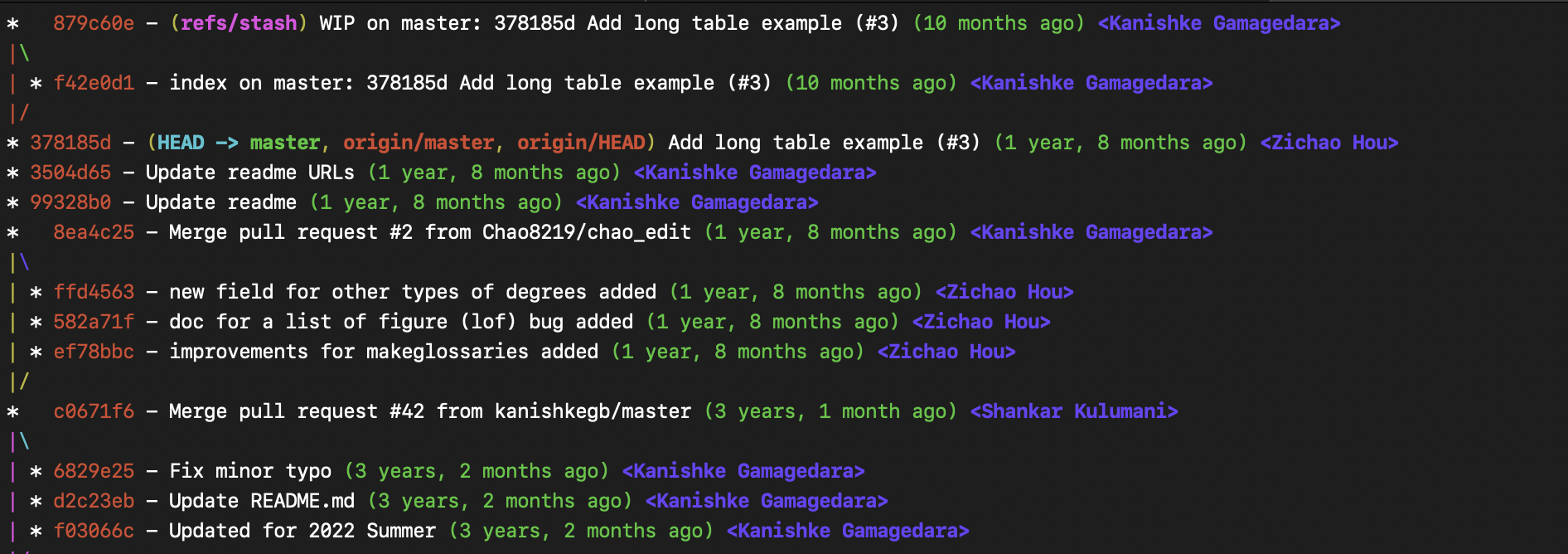
Loop Nest Optimization
Loop nest optimization is a powerful technique used in compiler design and performance engineering to improve the efficiency of programs—especially those involving heavy numerical computations or multidimensional arrays. It’s all about restructuring nested loops to make better use of the processor’s memory hierarchy and parallelism.
Here’s a breakdown to make it crystal clear:
🧠 What Is a Loop Nest?
A loop nest is a set of loops inside one another. For example:
for (int i = 0; i < N; i++) {
for (int j = 0; j < M; j++) {
A[i][j] = B[i][j] + C[i][j];
}
}
This is a 2-level loop nest. Loop nest optimization targets such structures.
🚀 Goals of Loop Nest Optimization
- Improve cache performance (locality of reference)
- Reduce memory access latency
- Enable parallel execution (vectorization, multithreading)
- Minimize redundant computations
🔧 Common Loop Nest Optimization Techniques
| Technique | Description | Benefit |
|---|---|---|
| Loop Interchange | Swap the order of loops to improve memory access patterns | Better cache locality |
| Loop Fusion | Combine adjacent loops that iterate over the same range | Reduces loop overhead |
| Loop Fission | Split a loop into multiple loops to isolate independent computations | Enables parallelism |
| Loop Unrolling | Duplicate loop body multiple times to reduce loop control overhead | Improves instruction-level parallelism |
| Blocking (Tiling) | Break loops into smaller blocks to fit into cache | Dramatically improves cache usage |
| Vectorization | Transform loops to use SIMD instructions | Speeds up computation |
🧪 Real-World Example: Matrix Multiplication
Let’s walk through a detailed example of loop nest optimization using matrix multiplication — one of the most classic and performance-critical use cases. I’ll show you the original version, then apply a few optimization techniques step by step.
🎯 Goal: Multiply Two Matrices
We want to compute:
\[C[i][j] = \sum_{k=0}^{N-1} A[i][k] \times B[k][j]\]🧱 Baseline Code (Unoptimized)
for (int i = 0; i < N; i++) {
for (int j = 0; j < N; j++) {
for (int k = 0; k < N; k++) {
C[i][j] += A[i][k] * B[k][j];
}
}
}
❌ Problems:
- Poor cache locality:
B[k][j]accesses column-wise, which is inefficient in row-major storage. - No blocking: large matrices overflow cache.
- No vectorization or parallelism.
🔁 Step 1: Loop Interchange
We swap the inner loops to improve memory access patterns.
for (int i = 0; i < N; i++) {
for (int k = 0; k < N; k++) {
for (int j = 0; j < N; j++) {
C[i][j] += A[i][k] * B[k][j];
}
}
}
✅ Benefit:
B[k][j]now accessed row-wise—better cache performance.
🧩 Step 2: Loop Blocking (Tiling)
We divide the loops into smaller blocks that fit into cache.
int blockSize = 64; // depends on cache size
for (int ii = 0; ii < N; ii += blockSize)
for (int jj = 0; jj < N; jj += blockSize)
for (int kk = 0; kk < N; kk += blockSize)
for (int i = ii; i < ii + blockSize; i++)
for (int k = kk; k < kk + blockSize; k++)
for (int j = jj; j < jj + blockSize; j++)
C[i][j] += A[i][k] * B[k][j];
✅ Benefit:
- Each block fits in cache, reducing cache misses.
- Much faster for large matrices.
🧠 Step 3: Vectorization & Parallelism
You can now apply SIMD instructions or OpenMP for parallel execution:
#pragma omp parallel for collapse(2)
for (int i = 0; i < N; i++)
for (int j = 0; j < N; j++)
for (int k = 0; k < N; k++)
C[i][j] += A[i][k] * B[k][j];
✅ Benefit:
- Multicore CPUs can process rows/columns in parallel.
- SIMD can process multiple elements per instruction.
🔍 Performance Impact
| Version | Cache Usage | Parallelism | Speed (Relative) |
|---|---|---|---|
| Baseline | Poor | None | 1× |
| Interchanged | Better | None | ~2× |
| Blocked | Excellent | None | ~5–10× |
| Parallel + Blocked | Excellent | Full | ~20× or more |
Note:
Current version of this post is generated partially using generative AI.